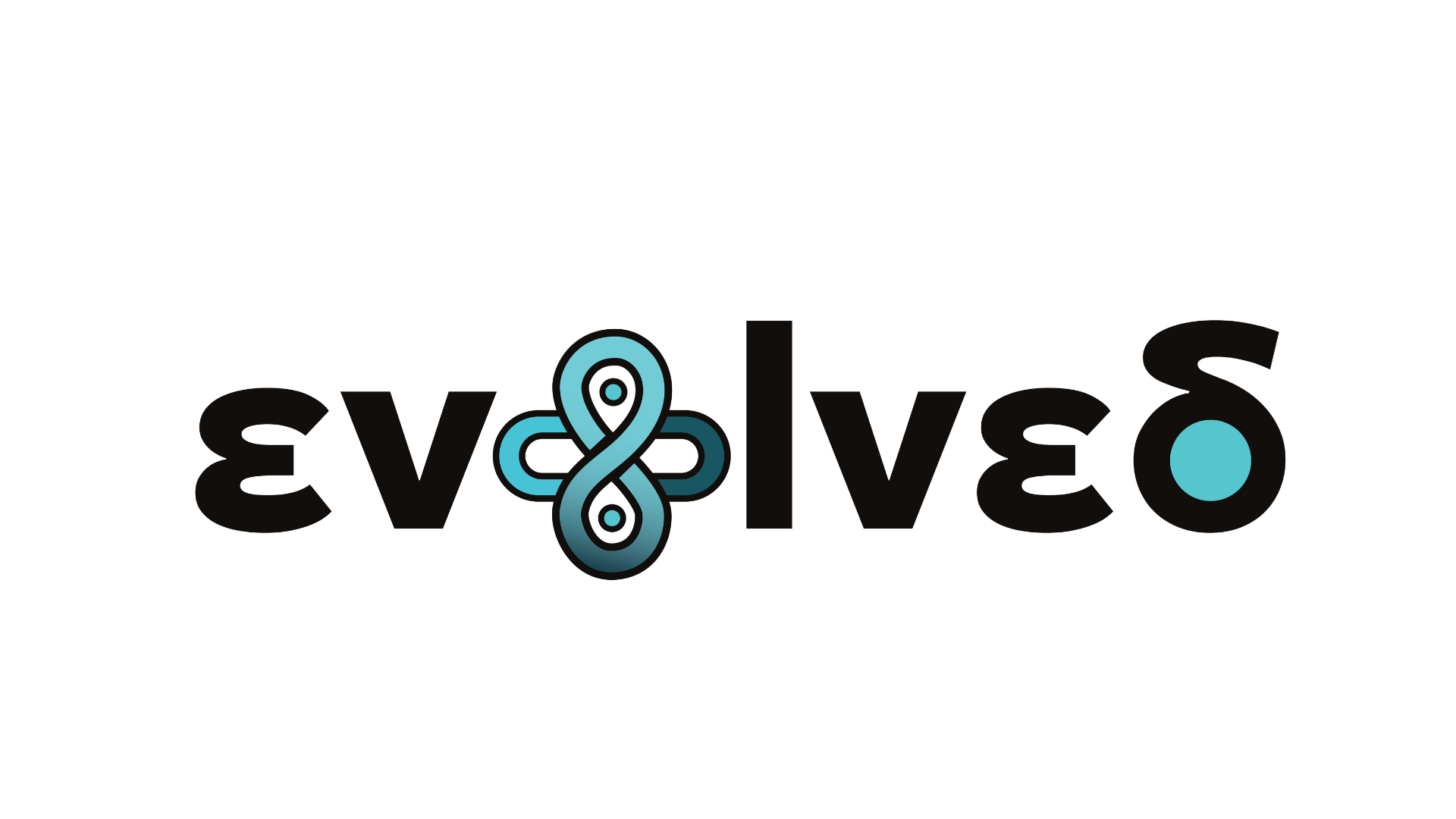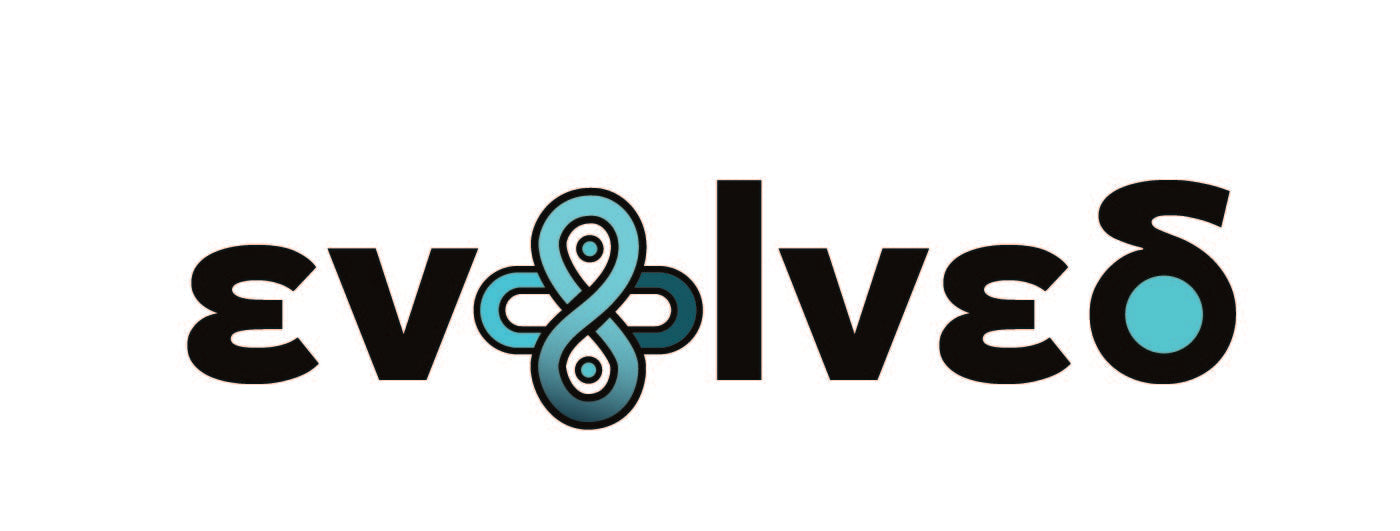In today's fast-paced business environment, executives and leaders responsible for delivery face constant pressure to achieve predictable outcomes, meet deadlines, and ensure efficient use of resources. Yet, achieving true predictability often feels elusive. Are we building the right things? Do we know our true progress? Are decisions being made quickly and based on reliable information? Relying on gut feeling or fragmented reports can lead to missed targets, wasted effort, and a lack of confidence in delivery forecasts. What if a more robust, evidence-based way existed to gain clarity, align teams, and accelerate your ability to deliver consistently?
This is where adopting an evidence-based approach to delivery becomes essential. It shifts the focus from subjective reporting to objective data, allowing for clearer insights and more informed decisions. Crucially, this approach thrives when leaders demonstrate humility and a willingness to learn, setting an example by using evidence to adapt and improve without blaming or guilt. While dashboards provide valuable data visualization, a dedicated practice and space – often embodied by an Obeya room – can transform that data into a powerful engine for alignment, rapid problem-solving, and accelerated delivery.
In this post, we'll explore the advantages of building delivery based on evidence and dive into how an Obeya room serves as the central nervous system, driving visibility and data-informed decision-making.
The case for evidence-based delivery: Why data matters for leaders
For executives overseeing complex delivery efforts, visibility and predictability are paramount. You need to know if initiatives are on track, if resources are being used effectively, and if the expected value will be realized. An evidence-based approach provides a significant advantage over traditional methods relying on subjective status updates or incomplete information.
Here’s why building your delivery strategy on a foundation of evidence is critical for leadership:
- Reduced risk and navigating uncertainty: Evidence provides a clearer, objective view of the dynamic reality you're operating in. You gain insights that help you navigate the path through uncertainty by continuously tracking key metrics and data points. This objective information empowers you to identify early warning signs, understand the true state of progress, and confidently adapt the plan when needed or even pivot the initiative entirely if the evidence indicates the current direction is no longer viable or optimal. This proactive approach significantly reduces the risk of pursuing efforts that won't deliver the intended value.
- Improved predictability and forecasting: Guesswork leads to unpredictable outcomes. An evidence-based approach provides the data to build more accurate models and forecasts for delivery timelines, resource needs, and potential challenges. This means more reliable commitments and fewer surprises.
- Better, faster decision-making: When faced with critical decisions – whether to pivot, allocate more resources, or remove impediments – having clear, current evidence at your fingertips empowers you to make confident choices quickly. Data cuts through ambiguity and reduces the chances of decisions based on opinion or incomplete pictures.
- Increased efficiency and reduced waste: By analyzing evidence related to workflow, cycle times, and bottlenecks, you can identify areas of inefficiency and waste within your delivery processes. Optimizing based on data leads directly to leaner operations and better resource utilization.
- Enhanced confidence and trust: Reporting backed by verifiable evidence builds confidence among stakeholders, from team members to the board. Leaders can stand behind their reports and forecasts, fostering a culture of trust and transparency.
- Strategic alignment: Evidence can demonstrate the link between delivery activities and strategic objectives. By tracking metrics showing progress towards key results, executives can ensure delivery efforts contribute to the organization's larger goals.
Moving to an evidence-based approach transforms delivery management from a reactive, often chaotic process into a proactive, predictable, and strategically aligned function. It provides the concrete information leaders need to steer their teams towards success with confidence.
Building your evidence-based approach: Laying the foundation
Adopting an evidence-based approach isn't just about flicking a switch; it requires establishing clear practices and a data-informed culture. For leaders, this means setting expectations and providing the framework for teams to work differently.
Here are the foundational steps to building a robust evidence-based delivery practice:
- Define clear outcomes, not just outputs: Start by clarifying what success looks like for your initiatives and delivery streams. What are the desired business outcomes? Evidence-based delivery measures progress towards these outcomes, not just the completion of tasks or features (outputs).
- Identify and agree on key metrics: What data points will tell you if you're moving towards your desired outcomes? This involves identifying leading indicators (metrics that predict future performance, like cycle time or flow efficiency) and lagging indicators (metrics that show past performance, like delivered business value or customer satisfaction). Focus on a vital few metrics that truly matter, avoiding data overload.
- Establish reliable data collection: Ensure you have consistent, accurate, and automated (where possible) ways to collect the agreed-upon metrics—integrating data from various tools (project management, source control, monitoring, customer feedback, etc.) into a single, accessible location. Data integrity is paramount.
- Develop analytical capabilities: Raw data isn't enough; you need the ability to analyze it to identify trends, patterns, bottlenecks, and insights. This requires in-house analytical skills or leveraging tools and platforms that provide meaningful visualizations and reports.
- Create feedback loops for action: The most critical step is using the evidence to inform decisions and drive action. Data analysis should lead to discussions about what the evidence means, what problems need solving, and what adjustments are required. This creates a continuous feedback loop (internal and external sources) where evidence directly influences planning and execution.
Building these capabilities requires discipline, the right tools, and often a shift in thinking and approach, alongside process changes. For many organizations, establishing this robust foundation can be a significant undertaking. External expertise can be invaluable in helping you quickly identify the right metrics, set up reliable data pipelines, and train your teams on evidence-based practices tailored to your specific context.
Implementing these steps creates the necessary groundwork. But how do you make this evidence easily accessible, visible, and actionable for the leaders and teams who need it most? This is where the concept of an Obeya room comes into play.
Introducing the Obeya: Your nerve centre
You've laid the groundwork for an evidence-based approach by identifying key metrics, establishing data collection, and focusing on outcomes. But how do you make this critical evidence accessible, visible, and actionable for everyone involved, especially leaders who must make timely decisions? This is where the concept of an Obeya comes in.
Originating from Japanese manufacturing (often translated as "big room"), an Obeya is fundamentally a dedicated space—physical or virtual—where all critical information related to a specific objective, value stream, or initiative is made visible and discussed regularly by the relevant stakeholders. Think of it as a central hub where your most important evidence converges.
Obeya: Beyond just pretty pictures
At first glance, an Obeya might look like a sophisticated dashboard or a well-organized war room filled with charts and sticky notes. However, its power goes far beyond simple visualization. While traditional dashboards are excellent for displaying data, an Obeya is designed to facilitate data-informed decision-making and action among a specific group of people.
An effective Obeya acts as a "command centre" by:
- Integrating diverse evidence: It doesn't just show work progress; it pulls together various streams of evidence – key performance indicators (KPIs), metrics on flow and efficiency, customer feedback, risk assessments, financial data, strategic alignment points, impediments, and experiment results. This creates a holistic, evidence-rich picture of the situation.
- Facilitating focused discussion: The physical or virtual layout is designed to draw attention to the evidence that matters most. Regular, structured meetings within Obeya encourage deep discussion around the data, probing anomalies, identifying root causes, and collectively generating insights.
- Enabling rapid decision-making: With all relevant evidence immediately accessible and understood by the key decision-makers present, the time from identifying an issue to making a data-backed decision is drastically reduced. Ambiguity is minimized because the conversation is grounded in shared facts.
- Connecting evidence to action: Decisions made in the Obeya lead directly to clear actions and assigned ownership, which are then tracked, often visibly within the Obeya itself. This closes the feedback loop, ensuring that insights derived from evidence translate into tangible progress.
- Driving alignment: By providing a single source of truth that everyone – from team members to senior executives – reviews together, an Obeya fosters a shared understanding of reality, challenges, and priorities, aligning efforts towards common goals.
While dashboards provide valuable data, the Obeya provides the environment and process to turn that data into collective understanding, swift action, and accelerated delivery towards outcomes, all guided by evidence.
Core principles of a powerful Obeya
An Obeya's effectiveness isn't accidental; it's built upon a set of guiding principles that ensure it serves its purpose as a true command centre for evidence-based delivery:
- Visibility and Transparency: All key evidence, from strategic objectives down to delivery metrics, risks, and impediments, is made highly visible and accessible to all relevant stakeholders. There are no hidden issues.
-
Single Source of Truth: The Obeya serves as the definitive, trusted source of information, internal and external, regarding the objectives' status and performance. This eliminates conflicting reports and ensures everyone is aligned on the current reality.
- Data-Informed Focus: Evidence is not just displayed; it is the central subject of discussion. Conversations and decisions are always grounded in the available data.
- Cadence and Discipline: Regular, focused meetings are held within the Obeya space (physical or virtual). This rhythm ensures timely review of evidence, discussion of challenges, and decision-making. Discipline in maintaining the space and adhering to the cadence is crucial.
- Leadership Engagement: Active participation from leaders is vital. Leaders use the Obeya to understand progress, identify systemic issues, make decisions, and demonstrate commitment to the evidence-based approach and blame-free learning.
- Action and Accountability: Discussions lead to clear, assigned actions. These actions, owners, and deadlines are often visible within the Obeya, ensuring accountability and follow-through.
- Outcome Orientation: While process metrics are important evidence, Obeya consistently focuses on progress towards the desired business outcomes, ensuring delivery efforts remain strategically aligned.
Adhering to these principles transforms the Obeya from a static display into a dynamic engine for performance improvement.
Steps to Building Your Effective Obeya
Ready to translate principles into practice? Here are the practical steps involved in creating an Obeya that works for your specific needs:
- Define the purpose and scope: What specific goal, project, program, value stream, or strategic theme will this Obeya support? Who are the key leaders and team representatives that need to be involved? Clearly defining the scope is the critical first step.
- Identify key evidence and metrics: Based on Obeya's purpose and desired outcomes, determine what evidence needs to be visible. Select the vital few metrics, data points, and information radiators to provide the clearest picture of progress, risks, and opportunities. Avoid the temptation to display everything.
- Design the space (Physical or Virtual): Plan how logically the identified evidence will be displayed. Consider the flow of information, the different types of data, and how they relate. Choose the right tools – physical whiteboards, large screens, integrated digital platforms – that best suit your team's needs and location.
- Populate with initial data: Set up the physical or virtual space with the initial set of evidence. Ensure the data is accurate and presented clearly.
- Establish the operating rhythm: Define how frequently Obeya meetings will occur (daily stand-ups, weekly reviews, monthly leadership syncs), who needs to attend, the agenda structure, and timebox for efficiency. Define roles like facilitator and data owner.
- Train and onboard participants: Ensure everyone who will use or participate in the Obeya understands its purpose, the principles, the metrics displayed, and their role in the process. Foster a culture of blame-free, data-driven discussion.
- Start small and iterate: You don't need a perfect Obeya on day one. Launch with the core evidence and cadence, then continuously refine the content, layout, and meeting format based on what works and is needed. The Obeya itself should evolve based on evidence of its effectiveness.
Navigating these steps successfully, particularly defining the right scope and selecting the most impactful evidence, can be complex. Leveraging experienced guidance can accelerate the implementation process and help you avoid common pitfalls, ensuring your Obeya is set up for maximum effectiveness.
Not a one-size-fits-all: Tailoring your Obeya
One crucial point about Obeya is that there's no universal template. An effective Obeya is not a rigid, one-size-fits-all solution. Instead, its power comes from being specifically designed and tailored to the unique challenge, goal, or value stream it is intended to support.
The evidence displayed, the metrics tracked, the participants involved, and even the physical or virtual layout should all be determined by the Obeya's defined purpose (as discussed in the building steps).
Crucially, this tailoring also extends to the "leading with Obeya method" itself—how leaders and teams interact specifically within that Obeya environment. How discussions are facilitated, decisions are made, and actions are tracked will adapt based on Obeya's focus and the group's needs. Leading effectively with an Obeya means tailoring your approach to leverage the specific evidence presented for the specific objective, reinforcing the evidence-based culture relevant to that context.
Consider these examples of how Obeyas and the associated leadership approach can differ based on focus:
- Strategic Obeya: Senior leadership might use it to visualize progress on key strategic pillars, major OKRs, market trends, and high-level organizational impediments. The evidence is aggregated and focused on macro-level indicators. The leading method here involves strategic analysis, portfolio-level decision-making, and removing organizational impediments based on high-level evidence.
- Value Stream Obeya: Focused on optimizing the flow of value from concept to customer. It would display evidence of flow efficiency, cycle time, bottlenecks across different stages, customer feedback within that stream, and related financials. Participants would include leaders and representatives from all functions involved in that value stream. The leading method here emphasizes cross-functional problem-solving, process optimization based on flow metrics, and aligning efforts across silos.
- Project or Initiative Obeya: Dedicated to a specific, often complex, project or program. Evidence would focus on project-specific progress, risks, team dependencies, budget burn rate, key milestones, and blockers. The primary users would be the team and stakeholders directly involved in that initiative. The leading method centers on tactical problem-solving, dependency management, risk mitigation, and ensuring the team has what it needs based on project evidence.
- Operations Obeya: Might visualize key operational metrics, system health, incident resolution times, customer support volumes, and infrastructure performance. The leading method involves rapid response to operational issues, prioritizing fixes based on impact evidence, and driving stability initiatives.
The key takeaway for leaders is that implementing an Obeya requires careful consideration of what problem you are trying to solve or what objective you are trying to achieve. The Obeya should be a dynamic tool built around the evidence needed for that specific context to enable the right conversations and decisions, and the leadership approach used within it must also adapt to maximize effectiveness for that specific purpose. Trying to force a generic Obeya model or leadership interaction style onto a unique challenge will likely limit its effectiveness.
Conclusion
Achieving effective delivery in a complex world doesn't require a crystal ball; it requires a commitment to evidence. By building an evidence-based approach, leaders can move past guesswork, gain true visibility into their operations, and make confident decisions that reduce risk and drive efficiency.
When principles are applied effectively and the method is tailored to the specific challenge, the Obeya room serves as the vital command centre for this practice. It transforms disparate data into shared understanding, facilitates rapid, data-informed decision-making, and aligns teams and leaders around the evidence that matters most to accelerate delivery towards desired outcomes. It's more than a meeting room or a dashboard; it's the engine room for predictable, evidence-driven success.
Embracing evidence-based delivery and leveraging powerful tools like a tailored Obeya isn't just a process improvement; it's a strategic imperative for leaders seeking to navigate uncertainty and ensure their organizations consistently deliver value.
Ready to build your evidence-based delivery capability?
Implementing robust evidence-based practices and designing an effective, tailored Obeya requires specific expertise and a practical approach to integration within your existing operations. It's about selecting the right metrics, establishing reliable data flows, and coaching leaders and teams on the "leading with Obeya method" that fits your unique challenges.
If you're ready to stop guessing and start delivering with confidence, but need guidance on building this critical capability, our team specializes in helping organizations like yours establish effective evidence-based approaches and design and implement powerful, tailored Obeya solutions.
Learn how we can help you build effective and accelerate delivery through evidence. Contact us today for a consultation.



Share:
Unleashing Innovation: Practical Steps to Cultivate Creativity in Every Corner of Your Organization.
Coping strategies delivery folks have to deal with